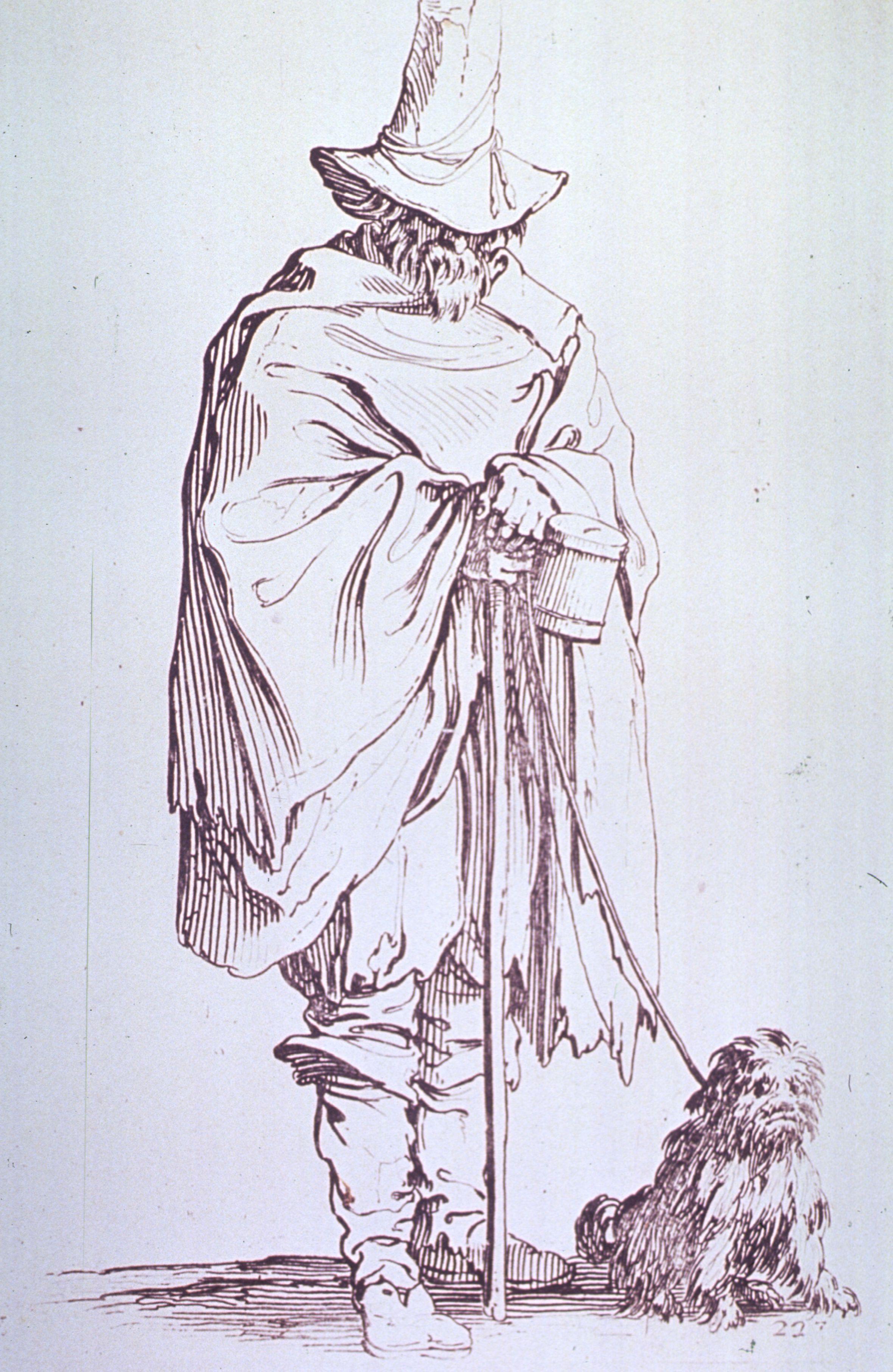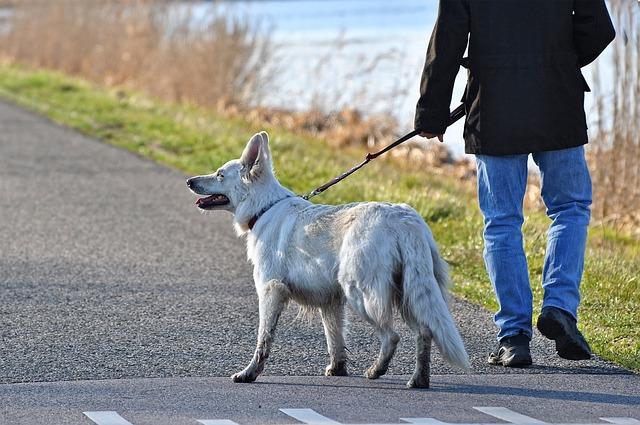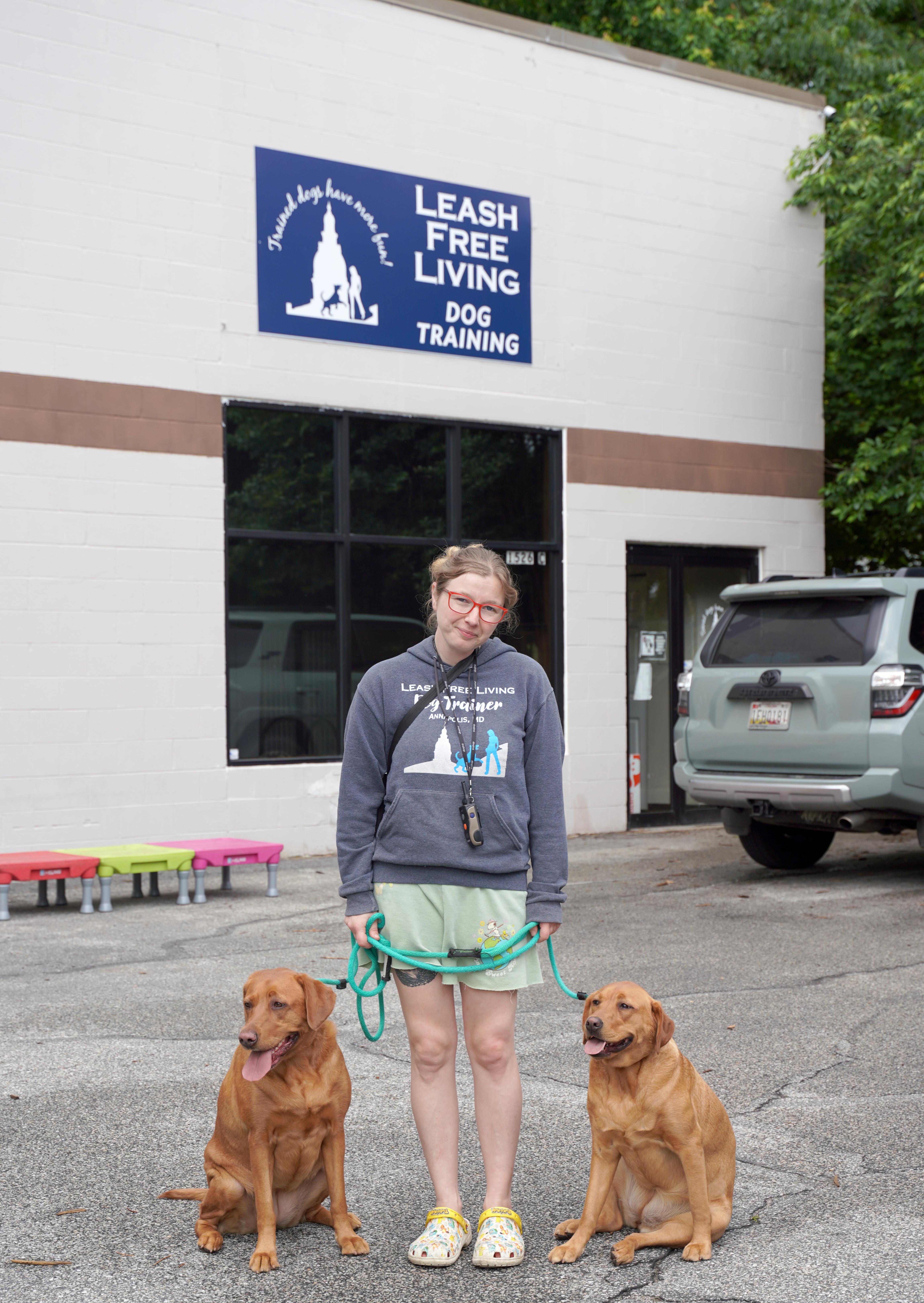Walking your dog should be a delightful experience, a time for both you and your furry friend to enjoy the outdoors and strengthen your bond. However, if your dog has a habit of pulling on the leash, these strolls can quickly turn into a frustrating tug-of-war. If this sounds familiar, you’re not alone, and the good news is that with a little patience and the right techniques, you can transform your walks into a harmonious journey. In this article, we’ll explore effective and compassionate strategies to manage a dog that pulls on the leash, ensuring that your outings are as enjoyable for you as they are for your canine companion. Whether you’re a seasoned pet owner or a new dog parent, these tips will help you and your dog step out in sync and stride.
Understanding Why Your Dog Pulls on the Leash
Dogs pulling on the leash can often be attributed to a variety of reasons, each unique to their personality and past experiences. Understanding these motivations is the first step towards managing and correcting this behavior. Here are some common reasons why your furry friend might be pulling:
- Excitement and Curiosity: Many dogs are naturally curious and eager to explore the world around them. New scents, sights, and sounds can be overwhelming, causing them to forge ahead enthusiastically.
- Lack of Training: If a dog hasn’t been properly trained to walk on a leash, they may not understand the boundaries and expectations of a leisurely walk.
- Energy Levels: High-energy breeds or young dogs may pull simply because they have an abundance of energy that needs to be expended.
- Anxiety or Fear: Some dogs pull on the leash due to anxiety or fear, either from past experiences or unfamiliar environments.
Recognizing these underlying causes can help tailor your approach to leash training, ensuring both you and your canine companion enjoy a more pleasant walking experience.
Choosing the Right Equipment for Comfortable Walks
When it comes to ensuring a pleasant walking experience with your dog, the right gear can make all the difference. Begin with a well-fitted harness designed to discourage pulling. Unlike traditional collars, harnesses distribute pressure evenly across your dog’s body, minimizing strain on their neck. Opt for a front-clip harness if your dog tends to pull; it offers more control and encourages them to walk by your side.
- Choose a durable leash with a comfortable grip. A leash between 4 to 6 feet in length is ideal for providing freedom while maintaining control.
- Consider using a head collar for particularly strong pullers. This tool can gently guide your dog’s head and redirect their focus back to you.
- Invest in non-slip shoes for yourself, ensuring comfort and stability during long walks.
- Don’t forget to carry treats in a handy pouch for rewarding good behavior, reinforcing positive habits.
By equipping yourself and your furry friend with the right tools, you’ll create a more enjoyable and controlled walking experience, fostering a stronger bond and a healthier routine for both of you.

Training Techniques to Encourage Loose Leash Walking
- Start with a Suitable Harness: Opt for a front-clip harness that redirects your dog’s attention towards you, rather than encouraging them to pull forward. This can be a game-changer for maintaining control and ensuring your dog remains close.
- Practice the “Red Light, Green Light” Technique: As you walk, stop immediately when your dog begins to pull. Stand still like a red light until the leash slackens. Once your dog returns or the leash becomes loose, proceed as if the light turned green. This teaches them that pulling halts progress.
- Reward Consistently: Whenever your dog walks beside you with a loose leash, offer treats or praise to reinforce this desirable behavior. Positive reinforcement is key to helping them understand the benefits of staying close.
- Incorporate Direction Changes: Keep your dog attentive by frequently changing directions. This unpredictability encourages them to focus on your movements rather than pulling ahead.
- Use a Clicker for Training: Pairing a clicker with treats can enhance communication and reinforce positive behavior. Click the moment your dog walks correctly, followed by a treat, to create a strong association.

Building a Stronger Bond Through Consistent Practice
To nurture a harmonious relationship with your furry friend, it’s crucial to invest time in regular training sessions. This not only strengthens your bond but also instills a sense of discipline and understanding between you and your dog. Begin by establishing a routine that incorporates leash training into your daily walks. Consistency is key—practice at the same time and place whenever possible, making it a predictable part of your dog’s day.
- Start with short sessions: Initially, keep the training brief to maintain your dog’s attention. Gradually increase the duration as they become more comfortable.
- Use positive reinforcement: Reward your dog with treats, praise, or play whenever they walk calmly beside you without pulling.
- Be patient and persistent: Every dog learns at their own pace. Celebrate small victories and remain patient as your dog learns to adjust their behavior.
Through dedicated practice, you’ll find that these training sessions not only help curb leash pulling but also become an enjoyable time for both you and your dog, enhancing the trust and connection you share.

